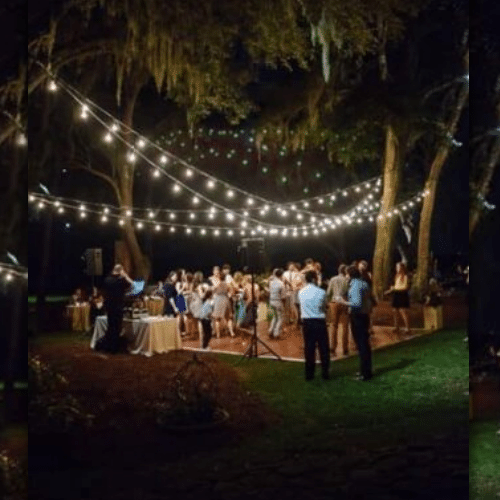Brightening Ingenuity With Shade Theory for LED Dancing Platform Designs
Brightening Ingenuity With Shade Theory for LED Dancing Platform Designs
Blog Article
Color theory is an crucial element of design, especially as it comes to designing light-emitting diode dancing floors. The interaction of hues can significantly affect the atmosphere and energy of a space. Through grasping how colors work together, creators can create an ambiance that enhances the total encounter for dancers. This article examines the fundamentals of color theory and its use in light-emitting diode dance surface designs.
The main hues are crimson, azure, and golden. These hues cannot be created by mixing other hues together. Secondary colors, such as green, orange, and purple, are created by mixing primary colors. Tertiary colors are formed by mixing a primary color with a secondary color. Understanding these basic relationships helps creators choose colors that complement one another and create a aesthetically pleasing show. Mixing these hues on an LED dance floor can lead to vibrant and exciting outcomes that attract the focus of participants.
Hue temperature also plays a crucial part in aesthetics. Hues can be classified as warm or cool. Warm colors, such as crimson, orange, and golden, tend to elicit emotions of enthusiasm and warmth. In contrast, chill hues like blue, emerald, and violet often Discover More Here create a serene and tranquil environment. Designers can use these color values to establish the ambiance for various kinds of occasions. For instance, a party environment may benefit from hot hues that invigorate the crowd, while a more relaxed occasion might employ chill hues to offer a calming effect.
In addition to color combinations and value, luminosity and intensity are essential factors to take into account. Brightness refers to how bright or dark a hue looks, while saturation measures the vividness of a hue. Vivid, saturated colors can create a vibrant and lively environment, ideal for dancing surfaces. On the other hand, Discover More softer, less intense hues can generate a further muted environment. Through manipulating brightness and saturation, creators can attract focus to particular areas of the dancing floor or create sight routes, guiding dancers through the venue.
Finally, it is crucial to consider the emotional effects of color in light-emitting diode dancing surface layouts. Different colors can elicit various emotions and reactions. For instance, red is frequently associated with passion and vitality, while azure can be calming and peaceful. Grasping these connections enables designers to tactically use colors to influence the actions of participants. By integrating hue theory into light-emitting diode dancing surface designs, designers can enhance the overall encounter, making it unforgettable and pleasurable for everyone involved.